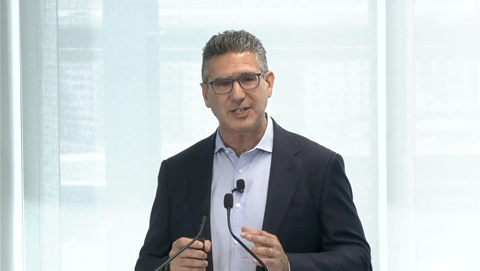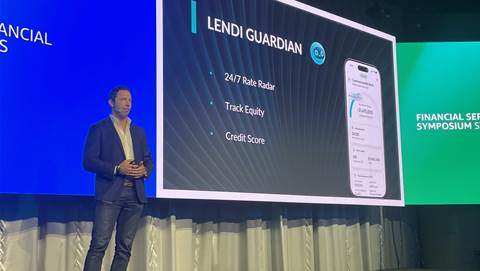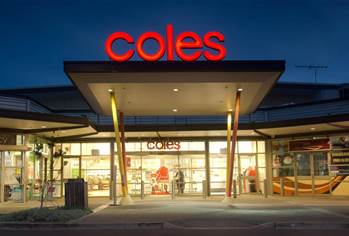For one of Australia’s biggest and most visible companies, the Australian Stock Exchange (ASX) says its Vision, Strategy, Executable prioritisation framework is critical to its commercial strategy and informs its technology investment decisions.
Over the last five years, ASX has reduced technology and operational incidents across the organisation by close to 90 per cent, chairman Damian Roche told shareholders during last week’s 2021 Annual General Meeting.
But he acknowledged there is always more to be done.
Give its role and prominence in the market, significant IT problems tend to be amplified, such as when it experienced a significant outage in November 2020, which he said: “fell short of our high standards and overshadowed the good work ASX has done to improve its reliability and resilience.”
Roche said the company is serious about investing in world-leading technology to serve the market for the next decade and beyond. “This investment in improved infrastructure helps unlock innovation. It is also vital for our customers and for the reputation, stability and competitiveness of Australia’s financial markets,”
He told shareholders, “It is part of ASX’s goal to transform our technology stack and digitise manual processes to build an exchange for the future. This is a multi-year and multi-project undertaking.”
To better understand how ASX determines where to focus its technology investments Digital Nation spoke to Dan Chesterman, CIO of the ASX to better understand the company’s “VSE” framework.
According to Chesterman, “If you imagine the vision will last for quite a period of time, the strategies will last a long time too, but maybe slightly less than the vision and then the executable items, are typically things can get actually ticked off during the year,” says Chesterman.
As a general guide the ASX’s VSE framework allows it to achieve approximately 20 to 30 goals executed within 12 to 24 months, he says. Those goals are proposed by individual functions and agreed upon by executives and the CEO, and says Chesterman the ASX is currently finalising the process for this financial year.
“Then that cascades back into the organisation where individual teams will take the organisation's VSE items, and translate that into specific components of that goal that might be achieved by an individual team.”
Not only does the VSE process allow for the organisation to determine its actionable items, but it considers its capacity to do so, as well as what changes the market is prepared to accept.
“In our case, it's often considering [issues such as] does the market have the capacity to absorb as well, because any change we do needs to also be accepted and implemented by the market.”
Chesterman says the prioritisation process helps its employees to align around the company’s key deliverables.
“Different people might have different objectives. Ultimately, it is about the organisation being clear on what those strategic themes might be.”
The ASX works to embed its five strategic themes into key decision making, of which strong foundations is the most significant, according to Chesterman. “The vision of the organisation is to be the world's most respected financial marketplace. That in many ways starts with strong foundations.”
“Realistically, in the situation, we're in, we wouldn't be chasing after growth if we didn't have the strong foundations."
When it comes to the practical application of this framework, Chesterman says that each initiative is given a one-page summary that highlights high-level costs and objectives. This is then assessed by a finance team to consider implementation, risks and complexity, to score the initiative to be ranked against other asks.
“Typically my experience is that does then require a little bit of management overlay to say, does that make sense? Or did that method come up with something that we actually look at it and say, I'm not sure that's necessarily the case,” he says.
The one-pager includes inputs from both technology and business teams to consider a balanced view, says Chesterman.
The prioritisation process also requires revisiting throughout the year as internal and external conditions evolve.
“While you always want to be as clear as you can be, and not switching horses all the time, it is good practice, I think, to relook at your priorities, and not sit on something forever, just because it was a priority in the past,” says Chesterman.
“We may need to make difficult decisions because of a change in the external circumstance or a change in our priorities and that's something that you need to be doing more than on an annual basis.”
Credit: The video was produced by Josh Lundberg, Matthew Ryan and Tejas Bhat.


.png&h=140&w=231&c=1&s=0)





.png&w=100&c=1&s=0)

 iTnews Benchmark Security Awards 2025
iTnews Benchmark Security Awards 2025
 Digital Leadership Day Federal
Digital Leadership Day Federal
 Government Cyber Security Showcase Federal
Government Cyber Security Showcase Federal
 Government Innovation Showcase Federal
Government Innovation Showcase Federal
 Digital NSW 2025 Showcase
Digital NSW 2025 Showcase












_(1).jpg&h=140&w=231&c=1&s=0)



